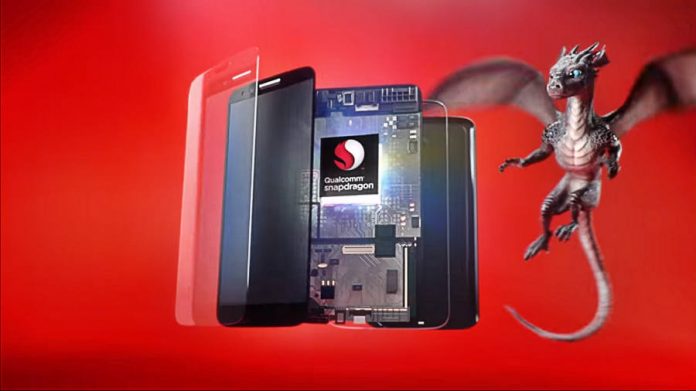
On Thursday, Qualcomm Technologies Inc. introduced the new Snapdragon 660 and 630 chips, designed with more capable GPUs and faster modems. These platforms will power the next generation of mid-range smartphones when they launch at the end of the month.
The Snapdragon 660 and 630 chipsets are the successors to the 653 and 625 respectively. They both bring high-end mobile features to the mid-range market, including improvements in connectivity, performance, and multimedia.
Qualcomm, who supplies processors to a large segment of the smartphone industry, made headlines earlier this year when Apple sued them for $1 billion over unfair licensing terms and fees. The company is the LTE modem supplier of the iPhone maker.
What are the new features of the Snapdragon 660 and 630?
The Snapdragon 660 and 630 SoCs are both one step below the high-end 800 series, but not quite as low as the cheaper, entry-level offerings from Qualcomm.
The first noticeable improvements in this generation of chips are the CPU and GPU. On the 660, there is an octa-core, 2.2 GHz Qualcomm Kryo 260 CPU and a Qualcomm Adreno 512 GPU. The 630, on the other hand, packs an ARM Cortex A53 processor and an Adreno 508 GPU.
Connectivity-wise, both platforms have a Snapdragon X12 LTE Modem and SDR660 RF transceiver, with added support for MU-MIMO 802.11ac Wi-Fi connections. Devices packing these units will have better coverage, out and incoming data transmissions and download speed up to 600 Mbps.
The DSP (digital signal processing for audio and video) is also getting some improvements with the Qualcomm Hexagon 642 on the Snapdragon 630 and the 680 on the 660. Both support demanding mobile games and machine learning experiences built using TensorFlow and Caffe/Caffe 2.
4K affordable smartphones are coming
These enhancements also mean that Snapdragon 630 and 660-equipped handsets will support native 4K video capture and playback at 30 fps. Devices packing the 630, however, will only get support for HD displays, while 660 units will support up to Quad HD.
Both SoCs include the latest Qualcomm Spectra 160 ISP (image signal processing) technology, which allows smartphones and tablets to pack better cameras.
Up to 16 MP lenses are supported on the front, while main cameras can go up to 24 MP, ideal for the expected avalanche of dual-camera setups coming soon.
Other than that, the new Snapdragon chips also come Quick Charge 4-enabled, which means that these platforms will get up to 50 percent of battery charge in just 15 minutes, as well as better power distribution in equipped devices.
These mobile platforms also come with Qualcomm Mobile Security support, enhanced NFC capabilities, Bluetooth 5.0 compatibility, and support for up to 8 GB of RAM. They start shipping later this month, and the first phones packing them could launch this summer.
Source: Qualcomm










